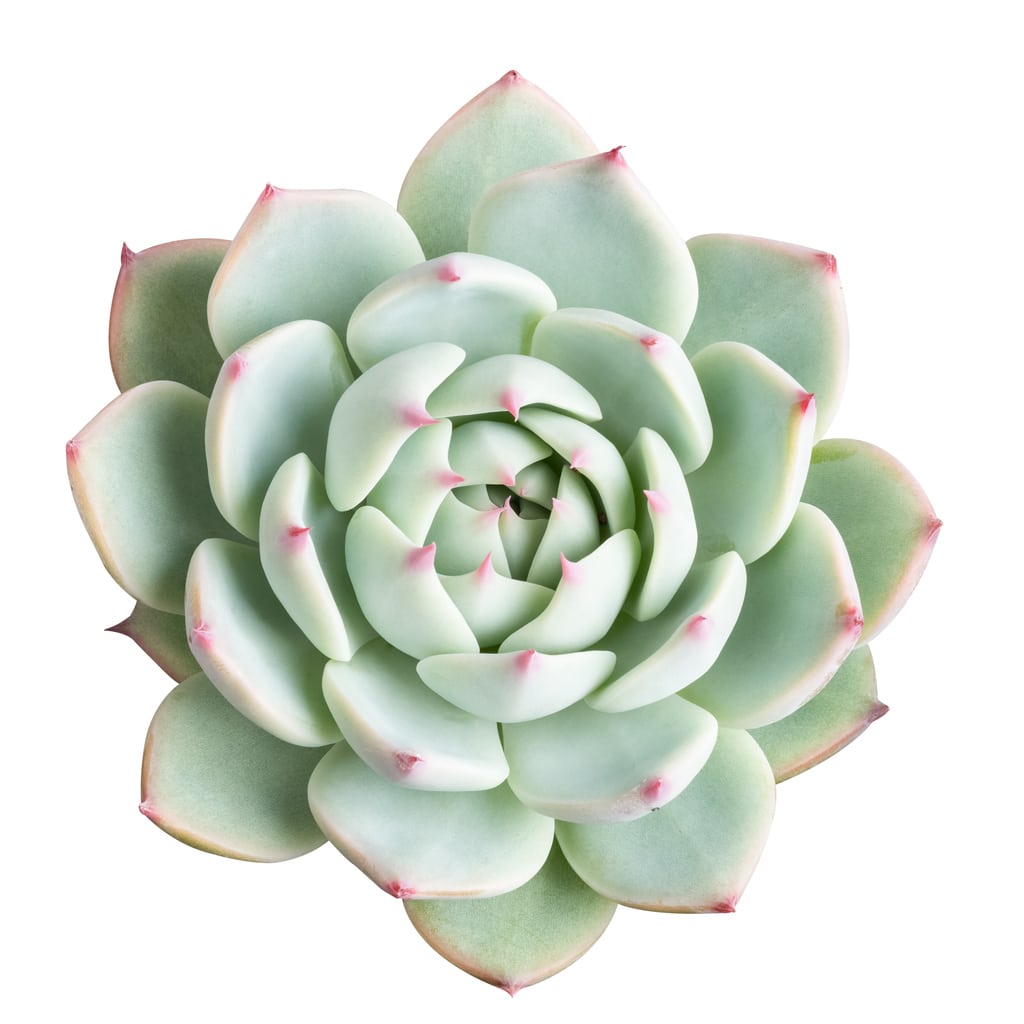Echeveria Parva Care – Growing Echeveria Parva Succulents


Just because you want a plant that is tough doesn’t mean you should settle for one that is less than gorgeous. One that fits into the resilient and striking category is Echeveria. This genus of easy-care succulents has attractive rosette-shaped foliage. If this sounds promising, read on for more echeveria plant information, in particular growing Echeveria parva.
Echeveria Plant Information
Echeveria parva succulents are great little garden survivors. They tolerate heat, drought and also cold snaps, yet are also lovely, with their red-edged rosettes and dramatic flower stalks. According to echeveria plant information, the ‘parva’ species is difficult to find in commerce, but it is worth the effort. Parva offers unique coloring, with icy blue-green rosettes trimmed in blood red accents. ‘Parva’ means dwarf in Latin, so it makes sense that Echeveria parva succulents are a small variety. However, the rosettes are extremely dense, to the extent that they are compared to cabbages. The succulents also delight with golden, bell-shaped flowers on long stems. They are popular with both bees and hummingbirds.
Growing Echeveria Parva
If you want to start growing these succulents outdoors, you’ll have to live in a fairly warm area. Echeveria parva plants are cold hardy only in U.S. Department of Agriculture plant hardiness zones 9 through 11. On the other hand, it’s easy to grow succulents in containers in any region. You just have to remember to bring them into a protected area in winter. Echeveria parva care starts with planting these lovely rosettes in a full sun location. If you are doing container plants, place them outside in summer in a sunny spot. Regular irrigation is an important part of care for echeveria parva plants. Water regularly but not too often during the growing season. As winter approaches, cut down on irrigation. The very worst thing in terms of Echeveria parva care is giving your succulents wet feet in winter. If you love your echeveria succulents, you may long for more. This is not a problem. The plants tend to clump and form pups. These can be removed and replanted to start a new plant. Echeveria propagates easily from cuttings too.
Sign up for the Gardening Know How newsletter today and receive a free copy of our e-book "How to Grow Delicious Tomatoes".

Teo Spengler is a master gardener and a docent at the San Francisco Botanical Garden, where she hosts public tours. She has studied horticulture and written about nature, trees, plants, and gardening for more than two decades, following a career as an attorney and legal writer. Her extended family includes some 30 houseplants and hundreds of outdoor plants, including 250 trees, which are her main passion. Spengler currently splits her life between San Francisco and the French Basque Country, though she was raised in Alaska, giving her experience of gardening in a range of climates.